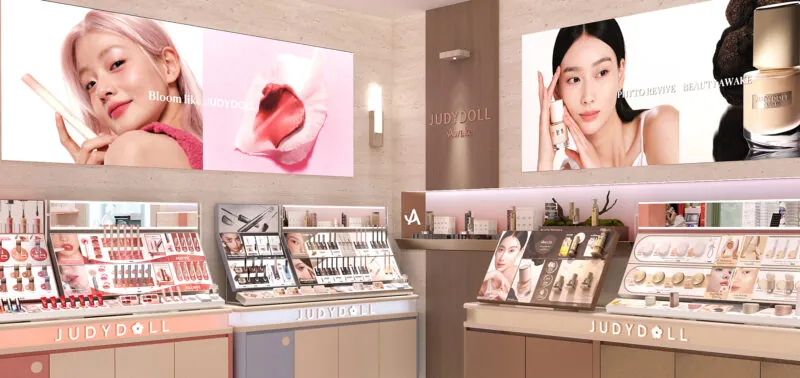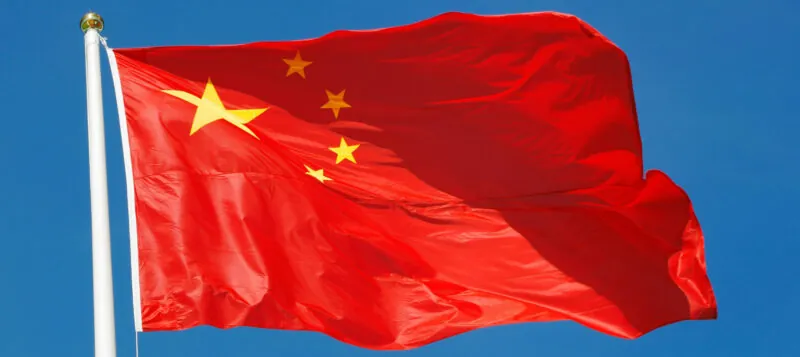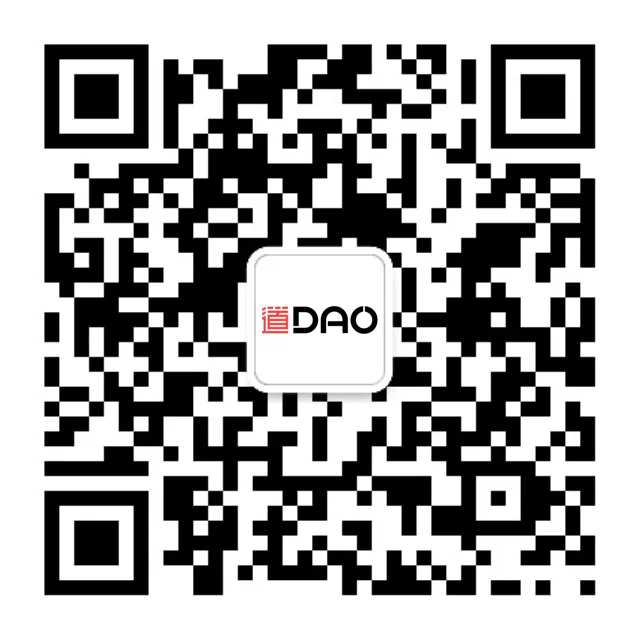Luckin Coffee (瑞幸咖啡) has once again proved sharp at capitalising on Chinese internet culture. This week, the coffee chain unveiled a new campaign featuring members of the Oroqen (鄂伦春族) ethnic minority from Inner Mongolia, after viral images of the group sparked an online call for collaboration.
It began when photos of an Oroqen elder wearing a traditional paojiao (狍角帽) – a hat with deer antlers – began circulating on social media. The resemblance between the antlers and Luckin’s blue deer logo was too striking for folks on the internet to ignore. They jokingly dubbed the minority group the ‘Luckin Tribe’ and tagged the coffee brand, urging a crossover.



Luckin Coffee moved fast to involve the minority group. Within days of the clip going viral, the company posted a winter shoot from Hulunbuir featuring the Oroqen men. The resulting visuals show the men dressed in traditional attire, holding Luckin cups amid the snow – blend of ethnic heritage and contemporary branding that struck the right tone online.
The execution drew positive notice from local cultural-heritage and tourism accounts. Regional cultural coverage in Hulunbuir framed the collaboration as an effective example of ‘non-heritage and brand’ co-promotion that brings ethnic culture into everyday life. Rather than sparking criticism for appropriation, the partnership has been praised for spotlighting minority culture in a respectful, visually striking way.


The campaign fits a broader trend in China’s marketing scene: brands weaving regional or ethnic motifs into their storytelling to express authenticity and cultural pride. Think Li Ning’s use of Miao embroidery, Chando’s Tibetan imagery or Chagee’s whole brand identity. By turning a viral meme into a respectful collaboration – and doing so with remarkable agility – Luckin has demonstrated not only its nifty marketing reflexes but also a growing instinct for cultural resonance. In China’s fast-moving social landscape, those are both powerful tools.









